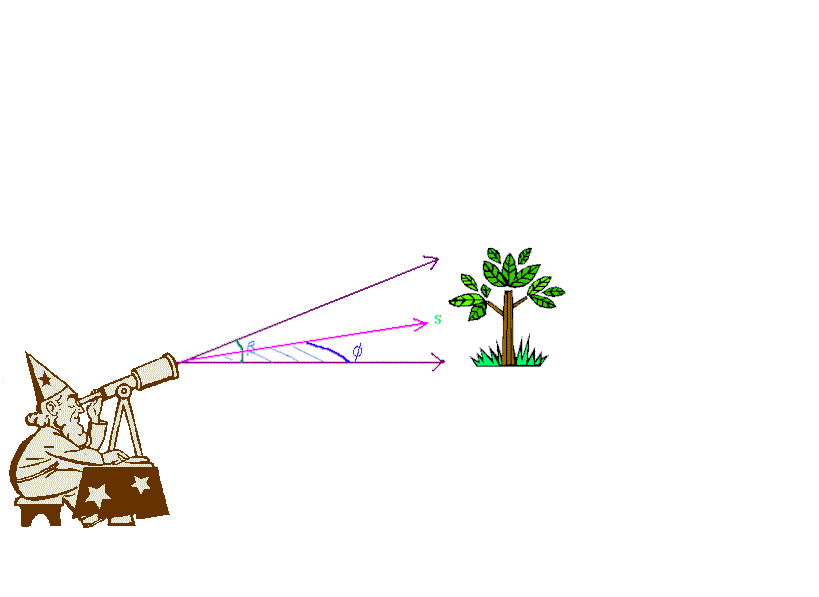Last update:00-04-24

Rays from the sun to a point of a building are frequently blocked by other buildings,
by trees, or by overhangs. The design of overhangs is important because it permits
control of solar heat gains. Detailed analysis of the geometric relationships can be
tedious. Nowadays computer programs offer welcome relief. But even in the age of
computers, it is useful to develop a certain intuition about some general features
of shading.
Figure 2.1 shows how the sun-path diagram of Fig. 2.2 can be used to
determine the
times of day and year when an object will cast a shade at a point. One superimposes
the outline of the horizon, as seen from the point in question, on the sun-path diagram.
The method of Fig. 2.1 requires a separate horizon outline for each point where
shading is to be evaluated. This method is practical when the distance to the shading
object is large compared to the dimensions of the surface whose solar exposure is to
be studied. But for cases such as an overhang above a window, the dimensions of the
shaded surface are not small compared to the shading object, and different points of the
window would see different horizon outlines. To analyze shading by nearby objects we
present a formula for calculating the location of the shadow cast by a point obstacle.


